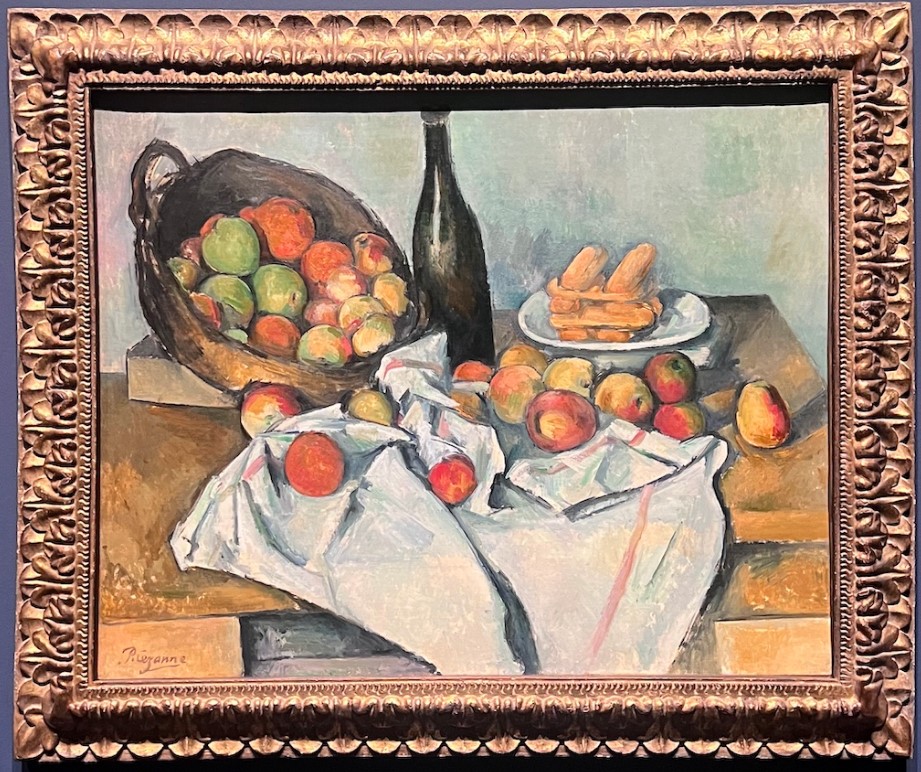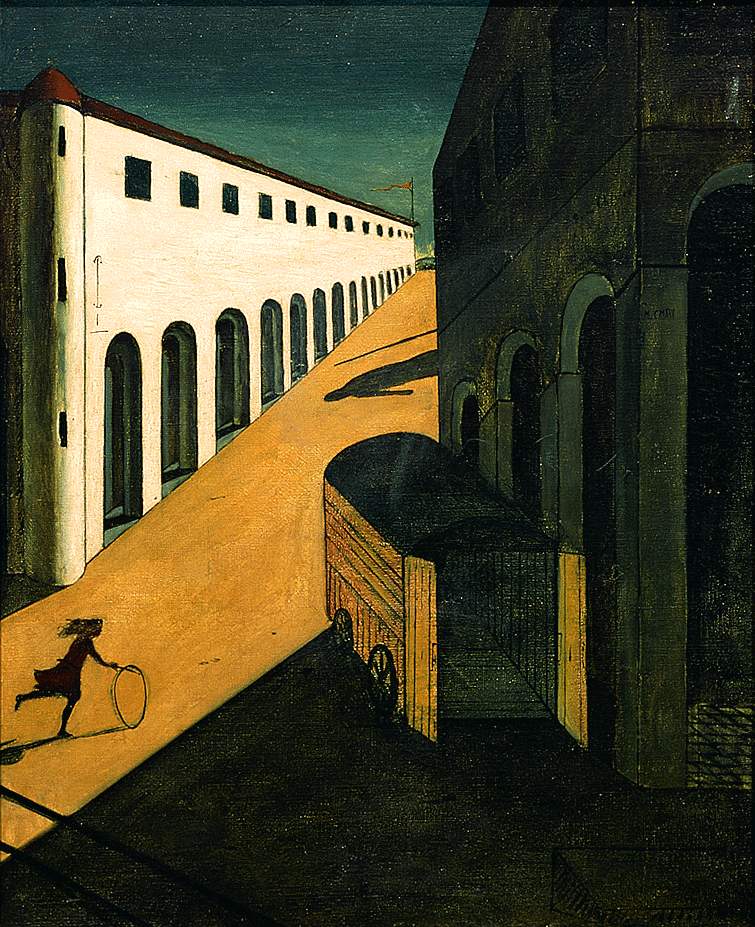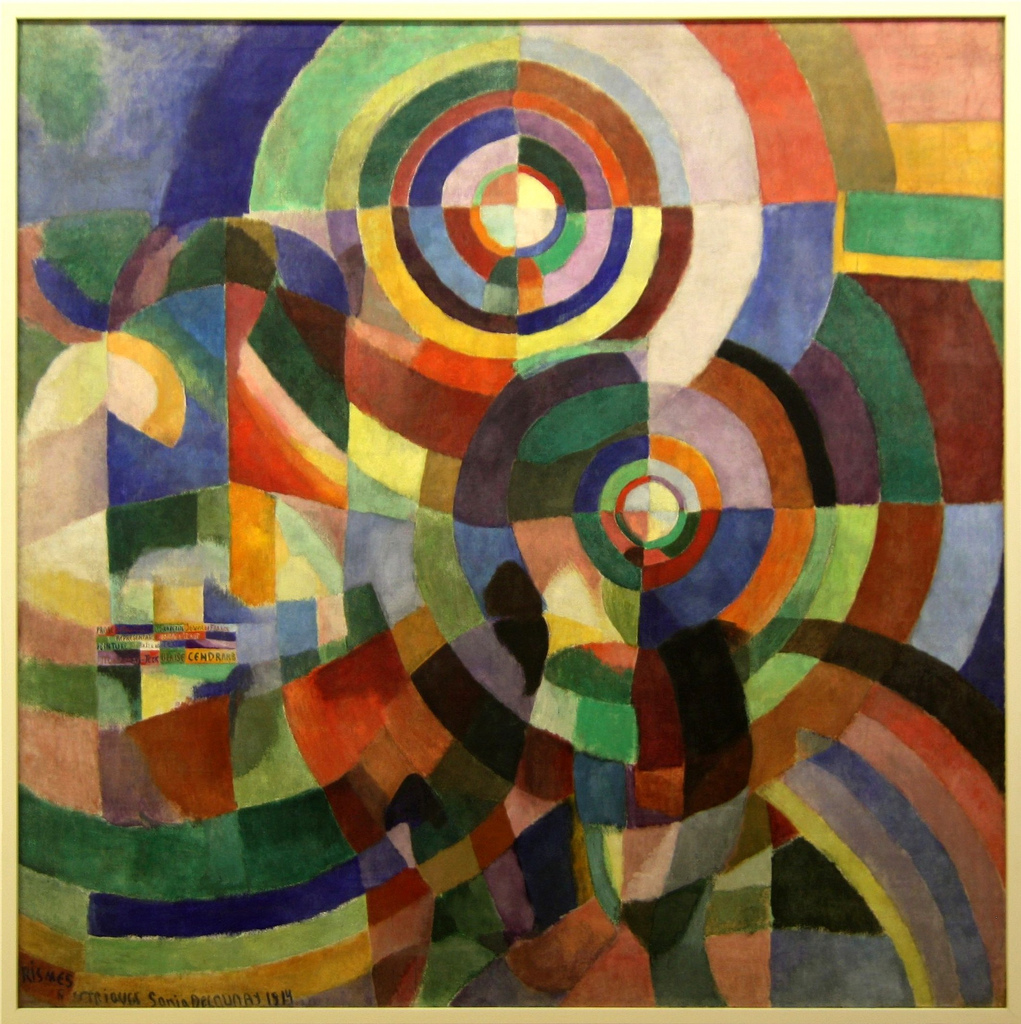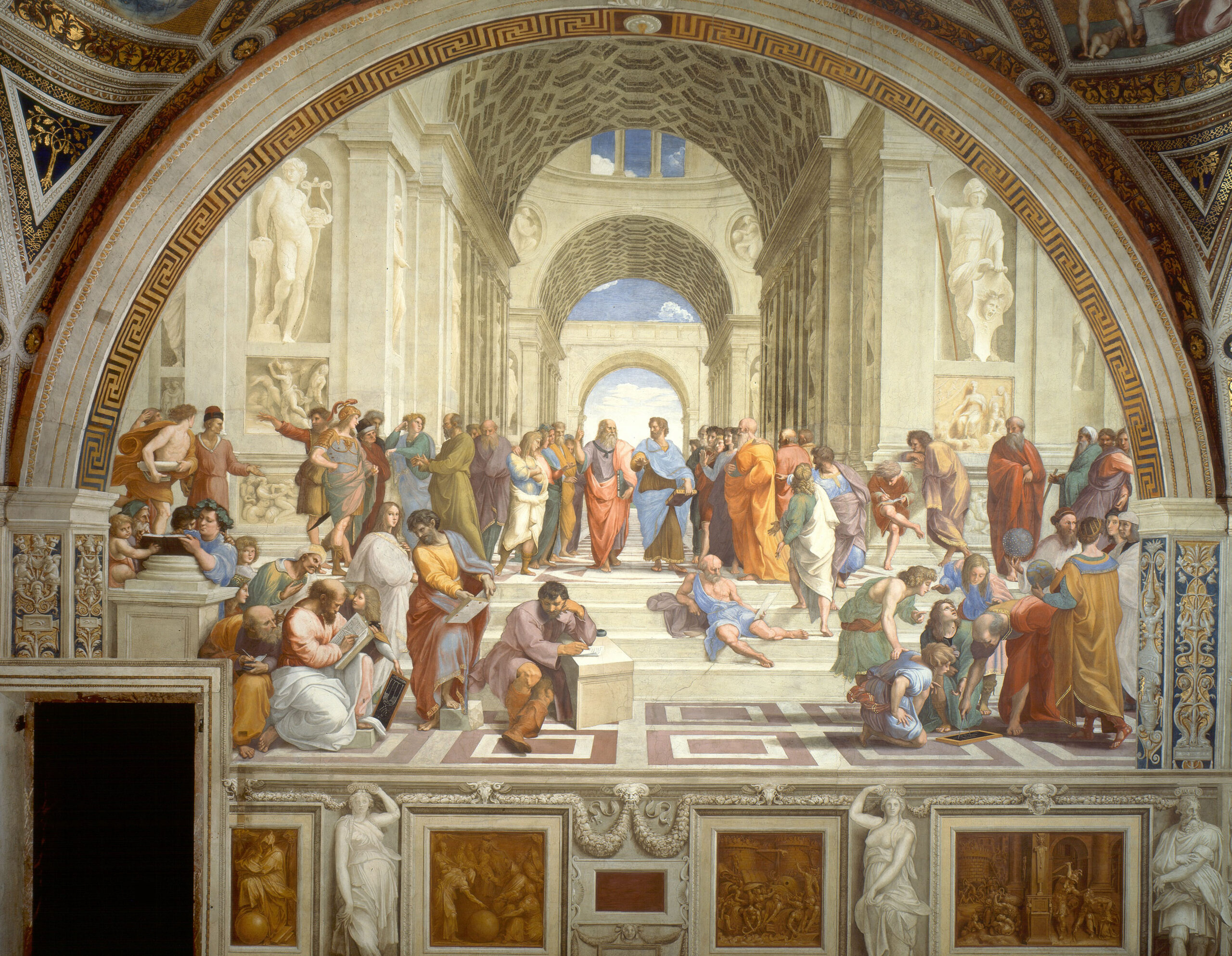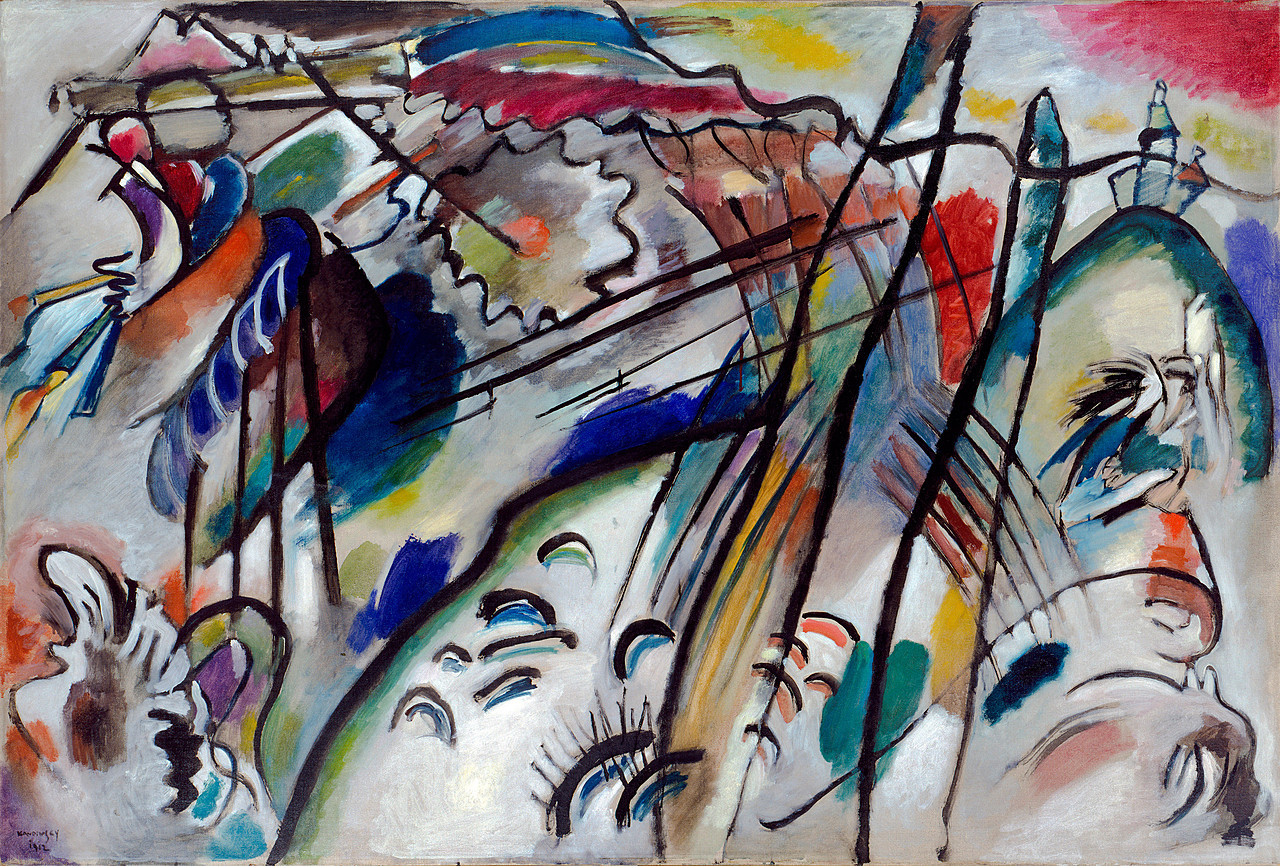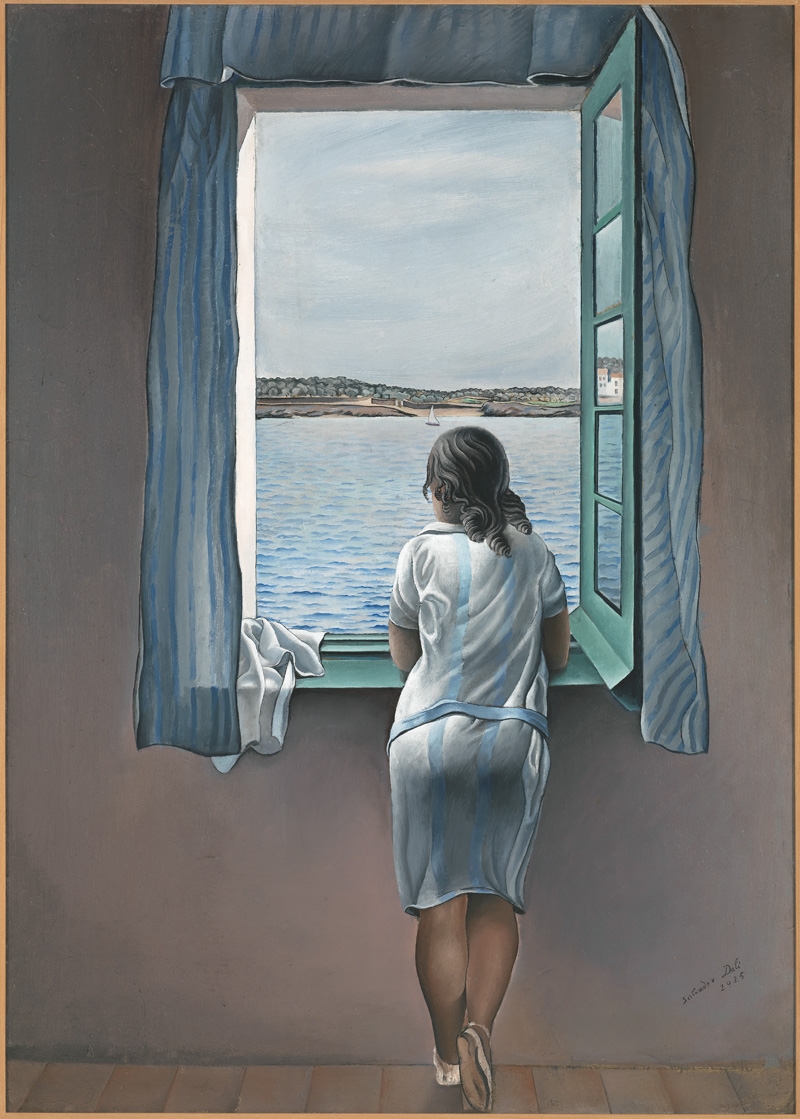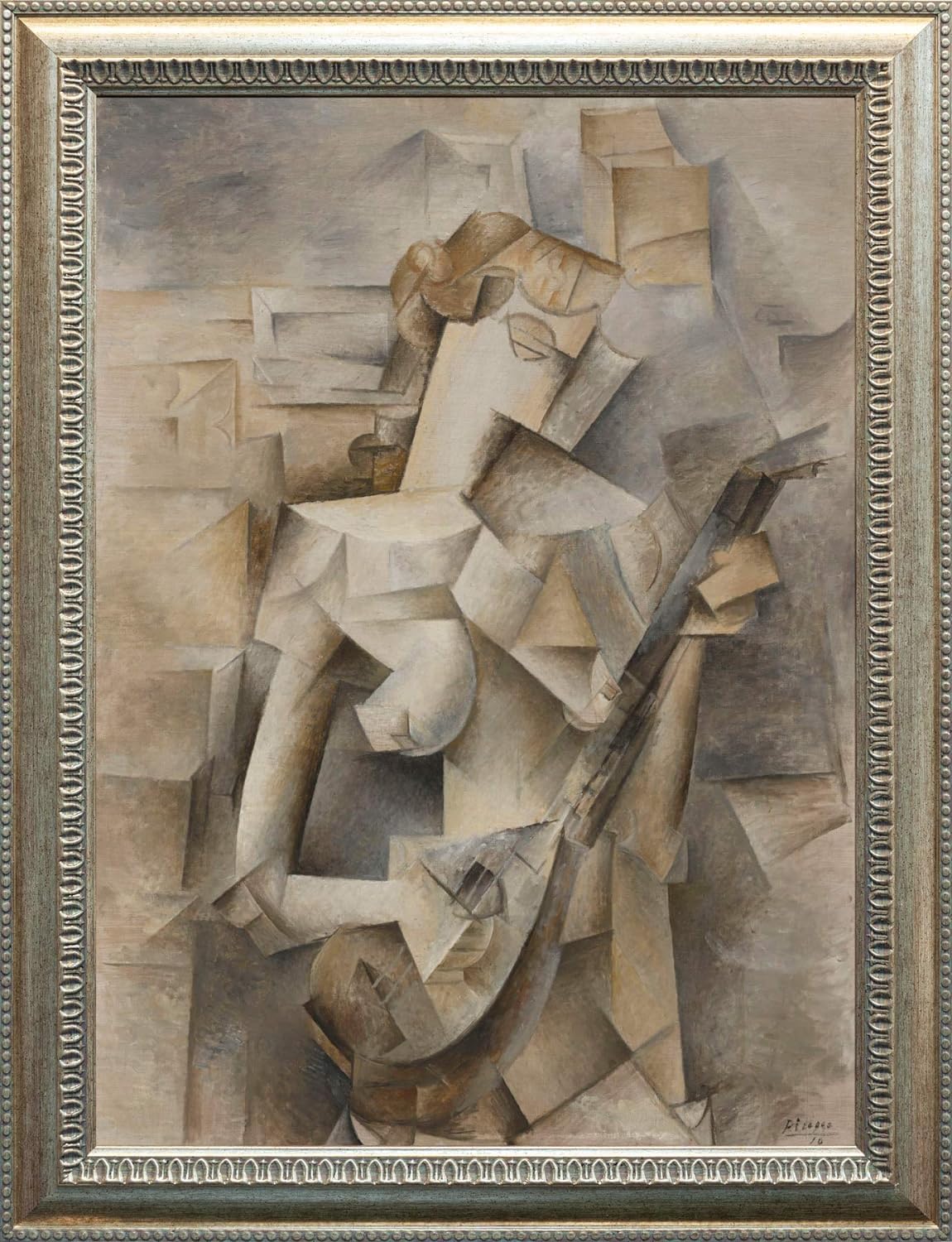In the fascinating artistic universe, Paul Cézanne’s imprint resonates indelibly, challenging conventions and redefining the way we visually perceive the world. At the core of his artistic exploits stands out “The Basket of Apples”, a masterpiece that becomes an intriguing journey through structural complexity and experimental audacity.
This article embarks on the task of unraveling the key elements of this piece, highlighting the artist’s courage in defying the established norms of the time.
Tabla de contenidos
- The Basket of Apples as a Bridge between Ages
- Cézanne and Apples
- The Basket of Apples by Paul Cézanne Specifications:
- The Basket of Apples by Paul Cézanne Analysis
- The Artistic Legacy of The Basket of Apples by Paul Cézanne, an Enduring Awe
The Basket of Apples as a Bridge between Ages
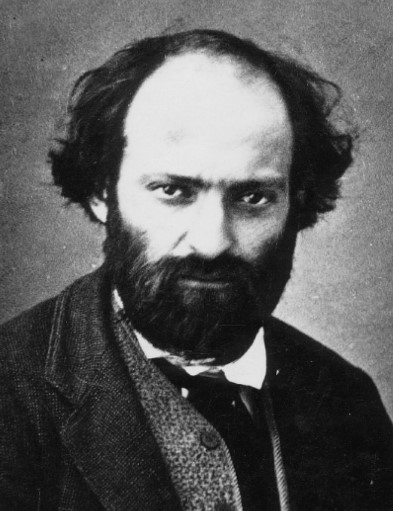
Paul Cézanne, born in 1839 and died in 1906, was a post-impressionist artist whose work laid the foundation for the artistic transition from the 19th to the 20th century. His defiance of the strict rules of the art of his time reflected his desire to paint objectively and to capture his perceptions of the world without reducing them to predefined symbols. Cézanne became a forerunner of artistic experimentation and an influential bridge between two creative eras.
Cézanne would almost single-handedly revive the still life theme and make it an important subject for Picasso, Matisse, and others in the 20th century.
Cézanne and Apples
Paul Cézanne led a life marked by a lack of recognition, only being fully understood after his death. His enduring legacy in 20th century art is manifested through works that explore landscapes, portraits and still life, revealing a unique connection to a seemingly modest element: Apples. What uniqueness did this fruit hold for the artist considered the first great exponent of conceptual art and the godfather of Cubism? “The Basket of Apple,” painted in 1895, emerges as a beacon that illuminates our lives and bridges two artistic eras: nineteenth-century impressionism and twentieth-century avant-garde cubism.
The Melancholy of Apples
In a conversation with the French poet Joachim Gasquet (pictured right), Cézanne revealed his unique relationship with fruit, particularly apples. Renouncing flowers for their ephemeral existence, Cézanne found in apples a fidelity that resonated with his vision of art. The skin of an old apple, painted with pulpy brush strokes, conveyed melancholy and resignation, but also the very essence of nature, with its scents, abandoned fields and memories of rain and dawn.
Conquering Paris with an Apple
Cézanne expressed his preference for apples in his famous 1895 statement, promising to “astonish Paris with an apple”. Specifically, his still lifes, centered on this fruit, brought him more recognition during his lifetime than his portraits and landscapes, considered by critics to be “distorted and primitive.” The choice of apples was not accidental; they represented for him something more than a simple fruit.
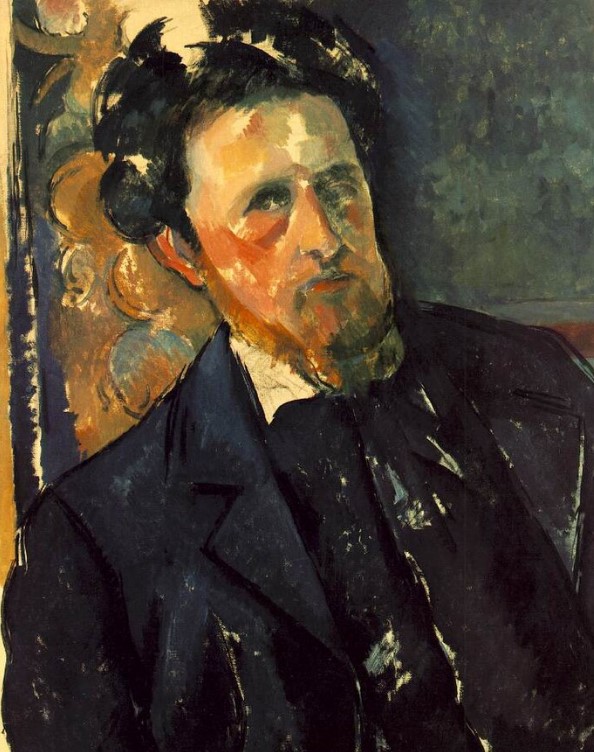
A Series of still life works that gave birth to The Basket of Apples by Paul Cézanne
Throughout the history of art, the still life genre occupied the bottom rung of the artistic hierarchy, considered the least important subject. However, at the end of the 19th century, a hero emerges who challenges this ingrained perception. Paul Cézanne, through his works is in this period where he painted “The Basket of Apples”, this infuses new life to a discredited genre.
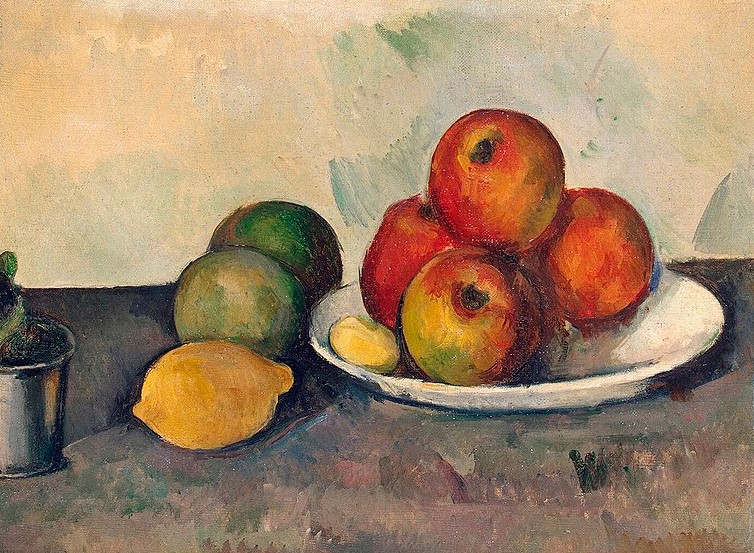
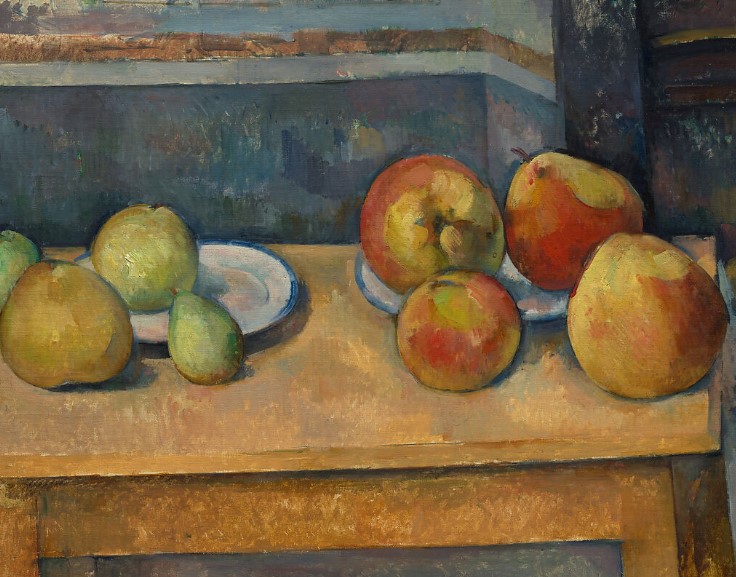
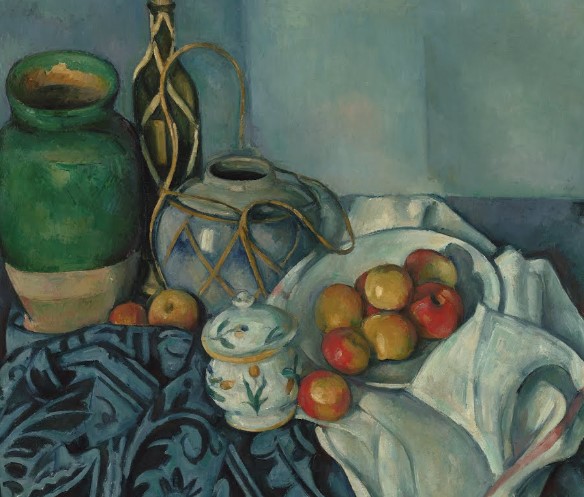
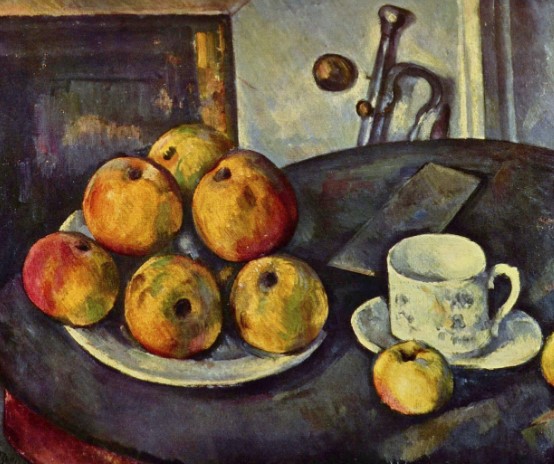
Influences from the past, taking advantage of the opportunity
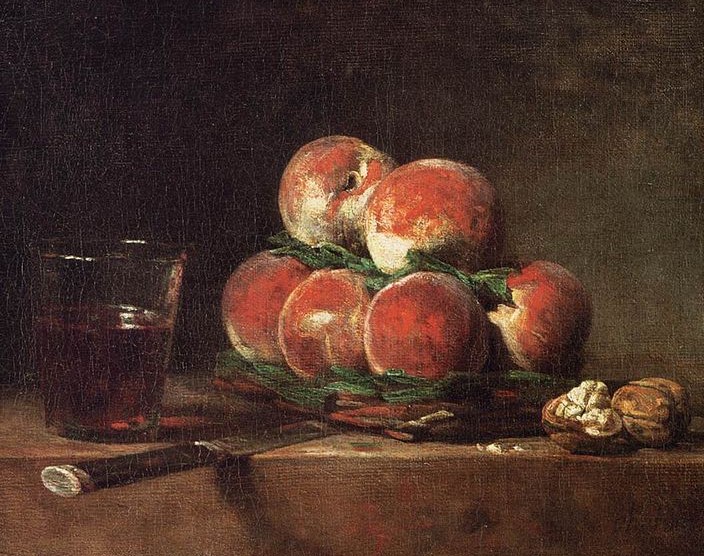
In a context where still life flourished in Northern Europe in the seventeenth century, its impact in France was limited until the work of Jean Siméon Chardin. Cézanne, trapped by the neglect of this theme, passionately immersed himself in it. The still life, anchored in an antiquated iconography, becomes the canvas of innovation and liberation from convention for the artist, leaving a legacy that will influence future generations in the artistic exploration of creative freedom. Pictured Left — Basket of Peaches, 1768 by Jean Baptiste Simeon Chardin
The Basket of Apples by Paul Cézanne Specifications:
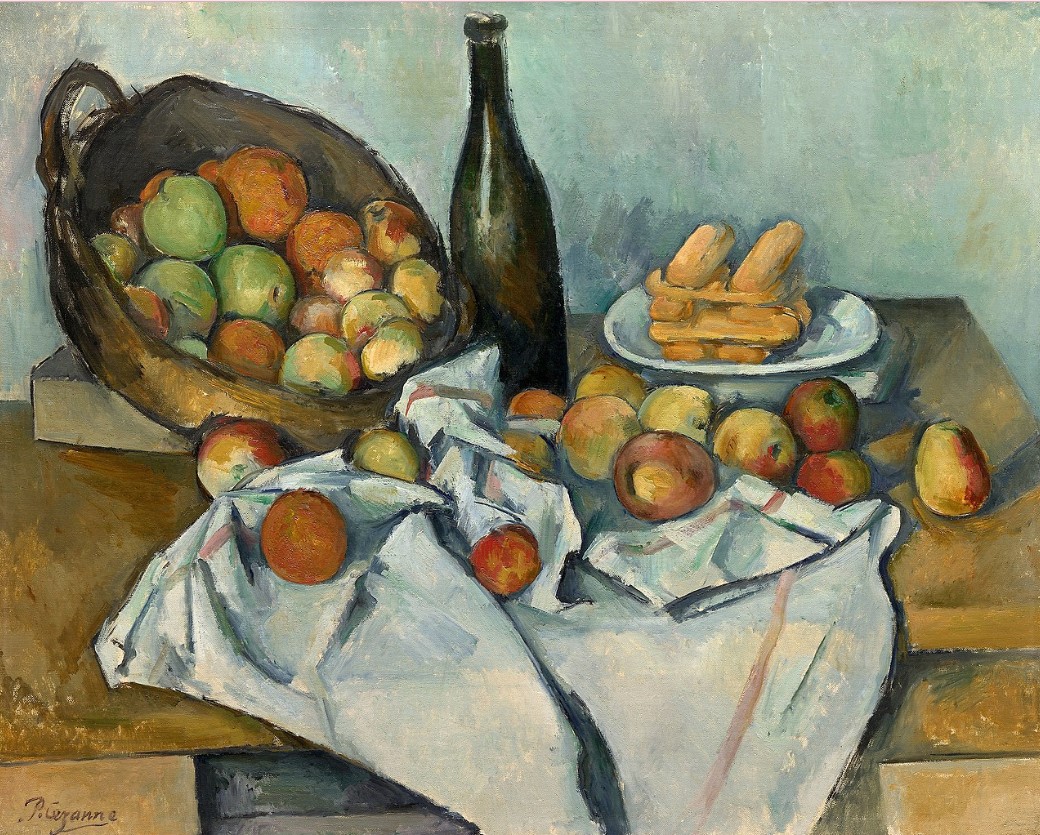
Artist: Paul Cezanne
Dimensions: 65 × 80 cm (25 7/16 × 31 1/2 in.)
Date: 1893
Location: Art Institute of Chicago
Medium: Oil on canvas
Buy a reproduction:

The Basket of Apples by Paul Cézanne Analysis
The apparent simplicity of “The Basket of Apples” is deceptive. Imperfections in the rendering, from the jagged lines to the exaggerated tilt of the table, reveal bold experimentation. The tilted bottle and ambiguous cookies defy expectations, exposing a unique perspective. Furthermore, the concealment of the breaks in the table indicates the artist’s intention to defy visual conventions.

Dynamic Audacity in Cookies
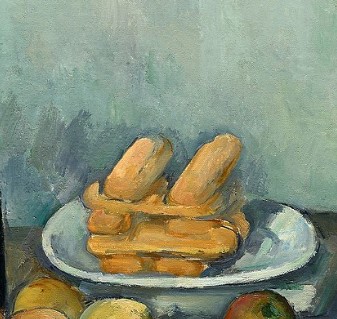
In the meticulous observation of the cookies in Cézanne’s “Basket of Apples”, a fascinating play of perspectives is revealed. The artist seems to approach the depiction of these delicious cookies from diverse angles, indicating a careful and tentative exploration. This approach not only hints at breaks in conventional perception, but marks a significant turn in the direction of painting.
Cézanne boldly challenged the notion of a single static perspective, giving the work a visual dynamic that invites contemplation from different viewpoints, thus enriching the viewer’s experience.
Physical description of the painting
At the heart of “Basket of Apples” is the insistent layering of elements: The basket on a block, the cookies on a plate placed on a book, and the apples on a richly folded cloth, all resting on a table. This superimposition, especially evident in the cookies, reveals the essence of Cézanne’s artistic idea: The painting is a carefully thought-out construction. The table becomes a kind of masonry with strongly banded forms, defying architectural expectations.
What adds a level of interest to the work is the anti-architectural feel of many elements. The apples, each a unique piece of paint, defy simplicity with their complex color sequences. The tilted and asymmetrical bottle, along with the basket and crumpled tablecloth, contribute to a still life that retains an aspect of randomness and accidental grouping. Cézanne manages to harmonize sets of elements of varying degrees of order, from the apples in the basket to the broken folds of the tablecloth and the regular pattern of the cookies.
Interpretation of an unstable equilibrium
Although the composition suggests a superficial harmony, it introduces an inherent risk of imbalance in its various parts. Cézanne defies traditional conventions of balance by seeking harmony not only between large and small units, but also between the most stable and the least stable.
The peculiar inclination of the bottle is interpreted in relation to other instabilities, contributing to the formation of a balanced whole in which certain elements are deliberately unbalanced. Cézanne’s distinctive innovation lies in the introduction of an unstable axis into vertical objects, such as the tilted bottle, thus adding a unique dimension to the balance of the composition. This transformation makes the work an artistic achievement rather than a simple imitation of natural stability.
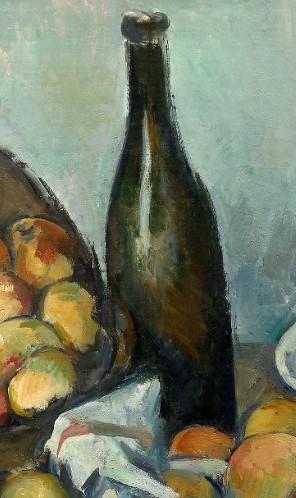
The diagonals in different planes, from the slant of the bottle to the tilted basket and the perspective lines of the cookies, are presented as balanced variations of a shared imbalance.
Luminosity and Textures
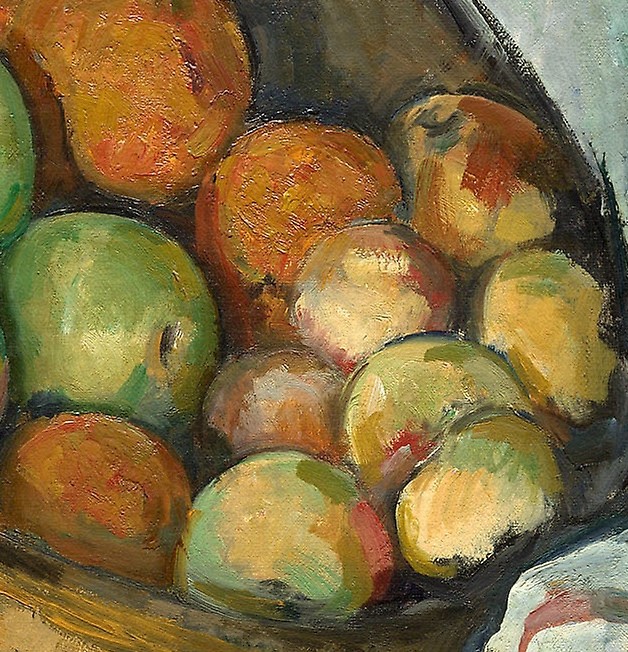
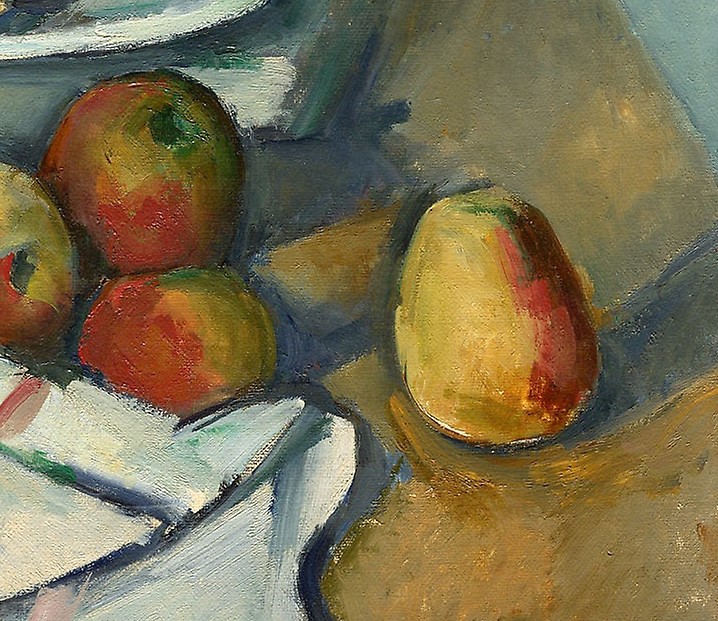
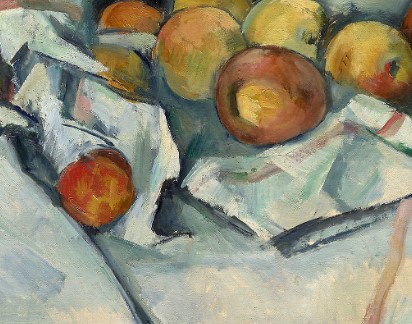
Basket of Apples exhibits exceptional luminosity, robustness, and clarity. The intensity varies between large and small objects, with fine nuances throughout, the result of an active and visible brush. While the bottle has the smoothness of glass, the other objects have a neutral texture, assimilated to the qualities of pigment and stroke. The board, treated in an abstract and radical manner, reinforces the concreteness of paint and touch, especially evident on the right edge of the bottle.
The Artistic Legacy of The Basket of Apples by Paul Cézanne, an Enduring Awe
Paul Cézanne’s masterpiece, “Basket of Apples,” emerges as a towering monument of artistic innovation and rebellion. By challenging the established hierarchy and liberating still life from its historical disdain, Cézanne inaugurated an artistic revolution that goes beyond the conventions of his time. His focus on construction, anti-architecture, unstable balance and textures not only reveals a masterful technique, but also challenges the viewer’s perception.
An emotional & transcendental meaning
Cézanne’s unique connection to apples, chosen as a vehicle for emotional expression, demonstrates his deep commitment to the very essence of nature, giving his work an almost divine and philosophical meaning. Despite criticism and distortions, Cézanne’s artistic legacy transcends the ages, astounding not only Paris with an apple, but captivating the entire world with his revolutionary vision of art.
Beyond the beauty of the composition, its impact endures as a beacon guiding the transition to a radically different art world in the 20th century. It continues to inspire generations of artists and cements Cézanne as a visionary without temporal or stylistic boundaries.
Interesting article to read: The Stonebreakers Painting By Gustave Courbet ➤ 1849-1850

